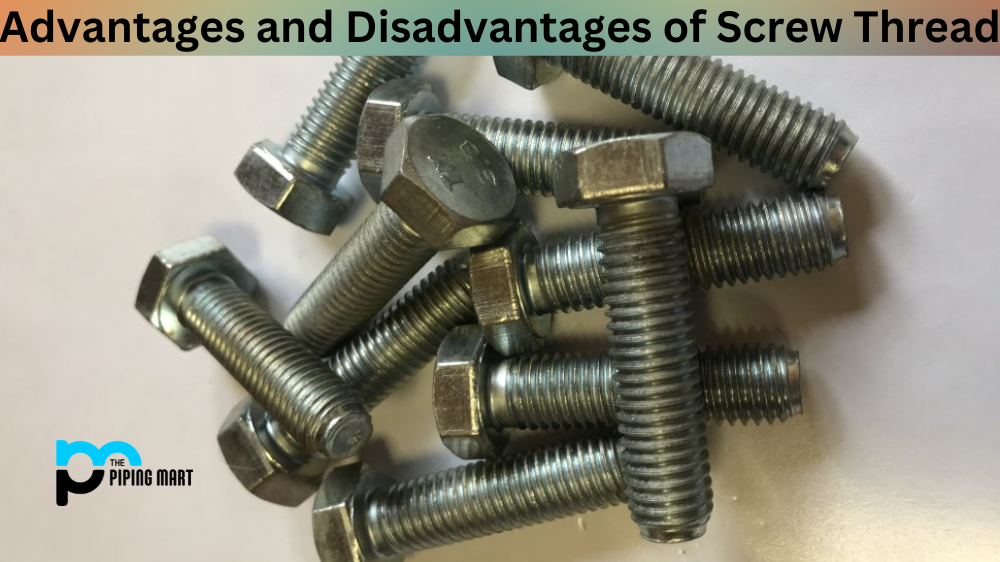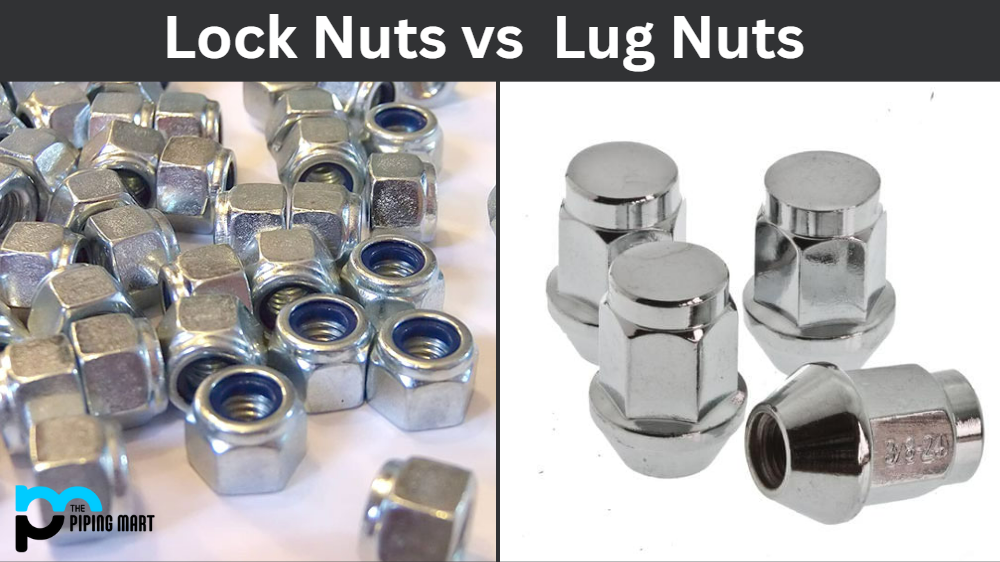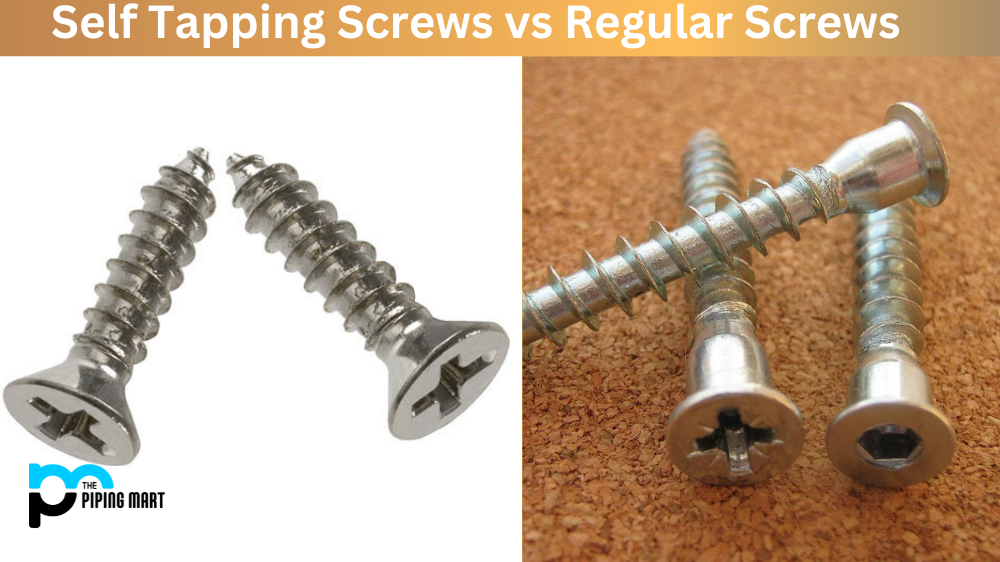Drywall screws are the backbone of your renovation, building, or home improvement projects. Although they may seem like essential components, their impact on the final result of your project is undeniable. Knowing the different types of drywall screws available is necessary to select the right ones for your project. This blog post delves into the different types of drywall screws and their uses.
Types of Drywall Screws
Coarse-Threaded Drywall Screws
Coarse-threaded drywall screws have a broader thread running along the body’s length. They are suitable when attaching drywall panels to wood or steel studs. These screws can be self-tapping, allowing them to drill themselves into the material’s surface. The screws can be used for various applications besides installing drywall, including cabinets, plasterboards, and hanging pictures.
Fine-Threaded Drywall Screws
Fine-threaded drywall screws, on the other hand, have thin threads running along the screw’s length. They are ideal for securing drywall sheets to narrow metal frames or shapes with minimal thread penetration. They can also attach wood panels to frames most suited for drywall use. Fine-threaded drywall screws minimize the risk of material cracking and tearing, a common problem associated with rough-threaded screws.
Self-Drilling Drywall Screws
Self-drilling drywall screws are a common type of screw that allows you to drill into the drywall without requiring a pilot hole. This feature saves time and cost associated with drilling pilot holes. Self-drilling screws have different tips, fine and coarse threads, and pointed screws for easy installation.
Gypsum Board Screws
Gypsum board screws are specifically manufactured to attach gypsum boards to different holders and materials. They are made from hardened steel, which makes them durable and robust enough to hold the gypsum boards securely. They have a sharp point that pierces the drywall and creates threads on the material. As a result, they provide a high holding power that prevents the fabric from cracking or peeling.
Bugle Head Drywall Screws
Bugle head screws have a wide, flat underside with a domed head that allows them to sit flush against the drywall surface. They are suited for use in areas requiring a tidier finish. The dome head reduces the chance of the material being damaged or producing a lumpy texture. Bugle head screws are commonly used in applications where an uneven or raised surface is unacceptable.
Conclusion
Drywall screws are essential for anyone seeking renovation, building, or home improvements. There are several types of drywall screws, and selecting the right one can be overwhelming. Knowing the different types of drywall screws allows you to choose the right one for your projects, saving time and money. Before starting your next project, research the most suitable screws for your application, and enjoy a smooth and problem-free installation.

Meet Bhavesh, a seasoned blogger with a wealth of knowledge and experience. From metal products manufacturing to retail, Bhavesh has a diverse background in various industries and is dedicated to sharing his insights and expertise with readers.




